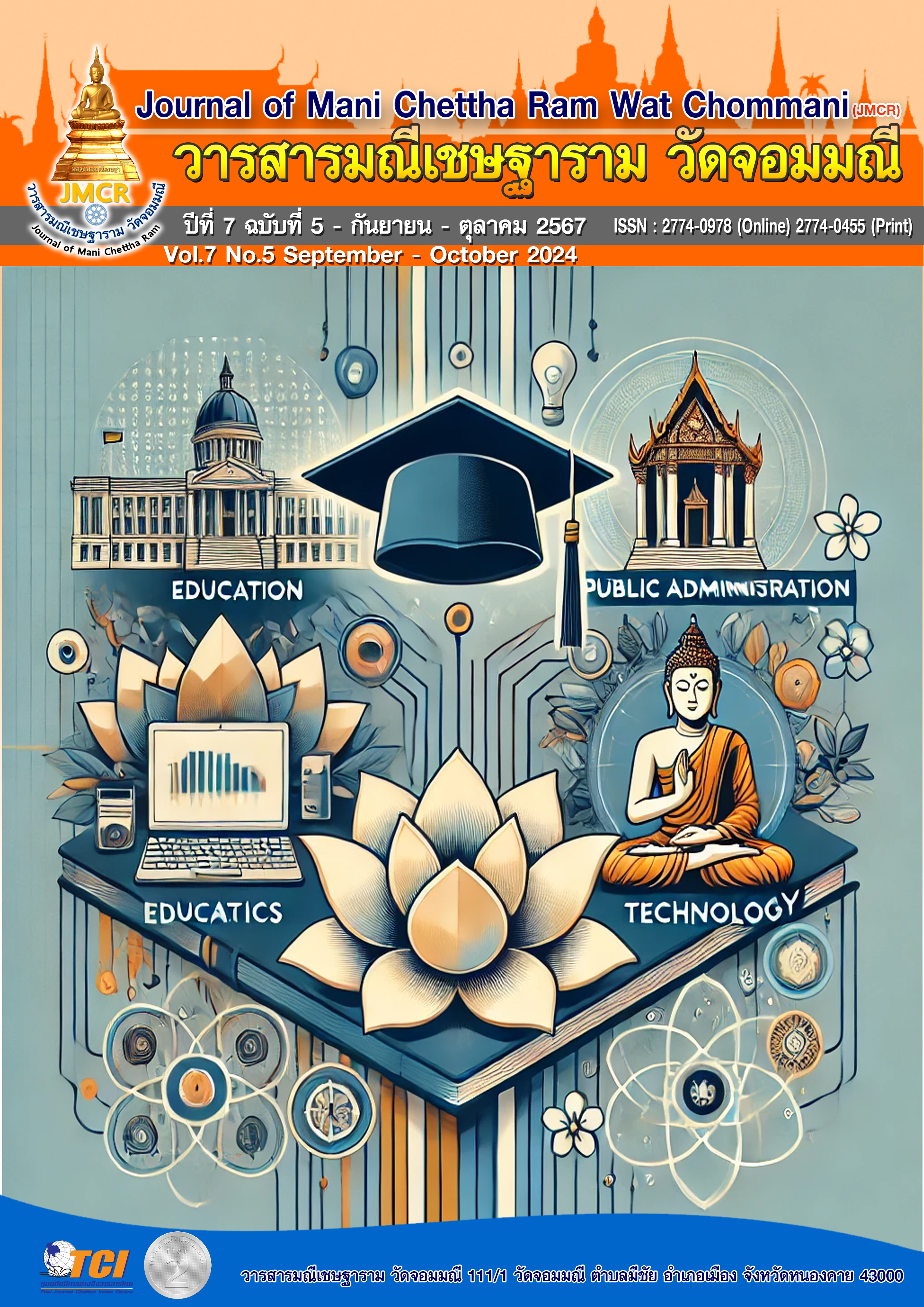DEVELOPING A HISTORICAL LEARNING AREA FOR THE LATE AYUTTHAYA CONTEMPORARY COMMUNITY THA KHAM SUBDISTRICT, HAT YAI DISTRICT TO PROMOTE HISTORICAL TOURISM
Keywords:
History, late Ayutthaya period, Tha Kham SubdistrictAbstract
This research has research objectives 1) To develop historical learning areas of the late Ayutthaya contemporary community, Tha Kham Subdistrict, Hat Yai District, Songkhla Province and 2) To promote historical tourism of the late Ayutthaya contemporary community, Tha Kham Subdistrict, Hat Yai District, Songkhla Province. It is a qualitative research using documentary research and field Research.
The results of the study found that 1. Development of the historical learning area of the late Ayutthaya contemporary community, Tha Kham Subdistrict, Hat Yai District, Songkhla Province, Five areas with historical backgrounds and communities from the late Ayutthaya period were analyzed. which have the potential to be developed into learning areas, including Wat Tha Kham, Tha Kham Subdistrict Administrative Organization Office, 100-year-old Na La Market, Wat Hin Kleng, and Thung Na La Ton Do By creating knowledge signs. Organize activities to promote learning in all 5 learning areas and 2. Results of the study on promoting historical tourism in the late Ayutthaya community, Tha Kham Subdistrict, Hat Yai District, Songkhla Province Overall, There are community tourism activities, trail running, and public relations media for historical tourism activities of the late Ayutthaya contemporary community. it was at a high level. The aspect with the highest average value was historical tourist attractions at 4.32, followed by access to historical tourist attractions at 4.31, facilities in tourist attractions at 4.29, and the aspect with the lowest average value was activities in historical tourist attractions at 4.20.
References
กระทรวงศึกษาธิการ. กรมการศาสนา. กองพุทธศาสนสถาน (2540). ประวัติวัดทั่วราชอาณาจักร เล่ม 16. กรุงเทพมหานคร: โรงพิมพ์การศาสนา.
จรูญ หยูทอง. (2564). รากเหง้าและเบ้าหลอม ท่าข้าม. ชุมชนร่วมสมัยตอนปลาย. (พิมพ์ครั้งที่ 1). สงขลา: นำศิลป์โฆษณา.
สว่าง เลิศฤทธิ์. (2545). โบราณคดีและประวัติศาสตร์ใน ประเทศไทย. กรุงเทพมหานคร: อมรินทร์ พริ้นติ้ง แอนด์พับลิชชิ่ง.
สุทธิวงศ์ พงศ์ไพบูลย์. (2525). รายงานการวิจัย พุทธศาสนาแถบลุ่มทะเลสาบสงขลา ฝั่งตะวันออก สมัยกรุงศรีอยุธยา. สงขลา : สถาบันทักษิณคดีศึกษา มศว.สงขลา.
สุเพชร จิรขจรกุล. (2552). เรียนรู้ระบบภูมิสารสนเทศด้วย โปรแกรม ArcGIS Desktop 9.3.1. นนทบุรี: เอส.อาร์ พริ้นติ้ง แมสโปรดักส์.
สำนักคณะกรรมการวัฒนธรรมแห่งชาติ. (2542). สงขลา. กรุงเทพมหานคร: การศาสนา.
อดิศร ศักดิ์สูง. (2554). ประวัติศาสตร์เพื่อการท่องเที่ยวใน ประเทศไทย. สงขลา: นำศิลป์โฆษณา.
Jones, M. (2018). Community-driven heritage tourism development: A case study from rural America. Journal of Sustainable Tourism, 26(1), 34-51.
Smith, L., Wetherell, M., & Campbell, G. (2016). Developing historical learning spaces in contemporary communities. Heritage & Society, 9(2), 143-162.


